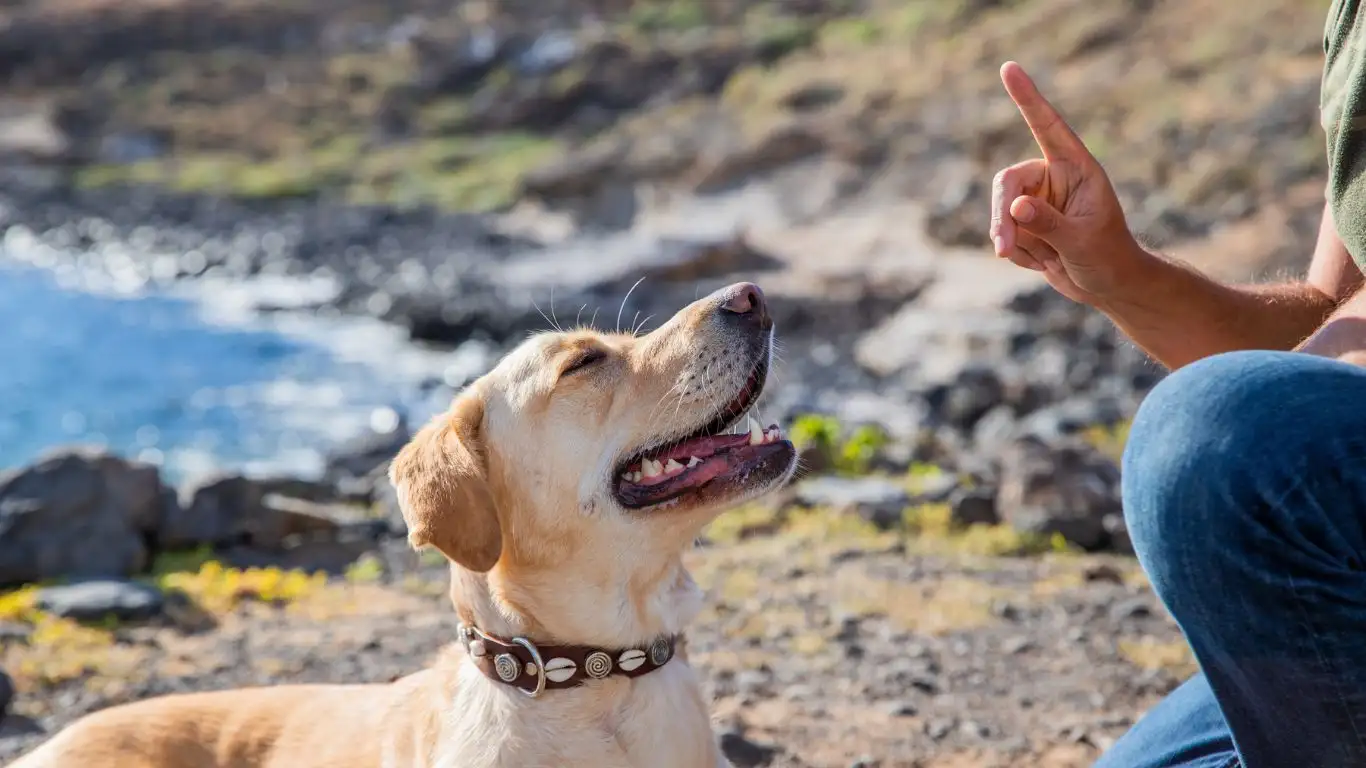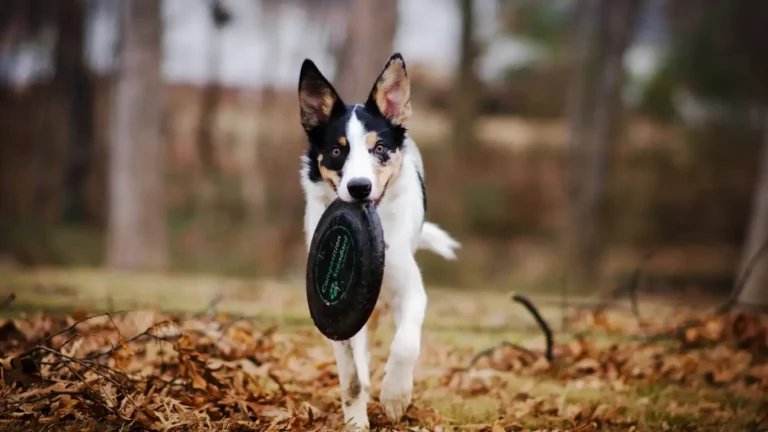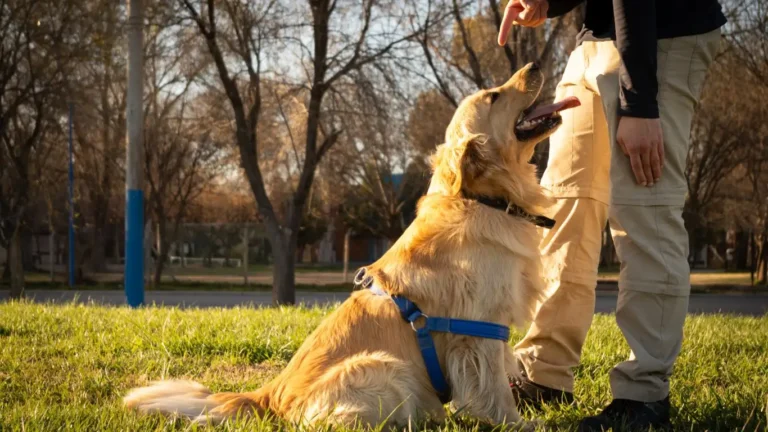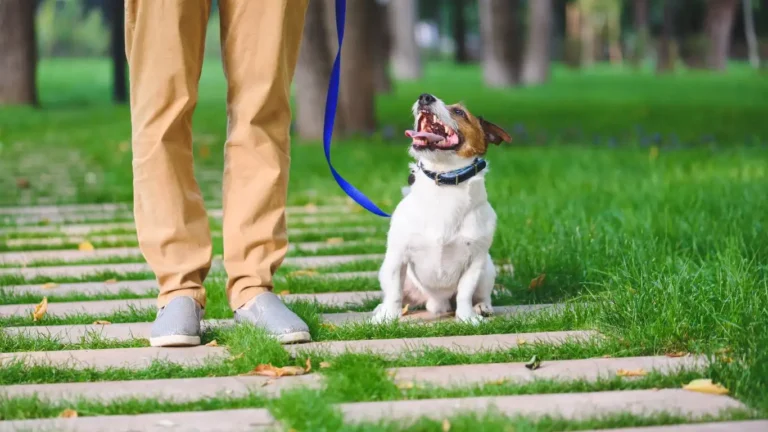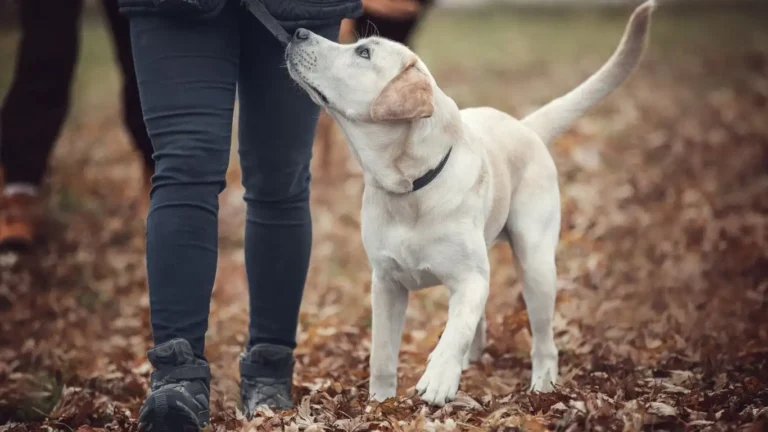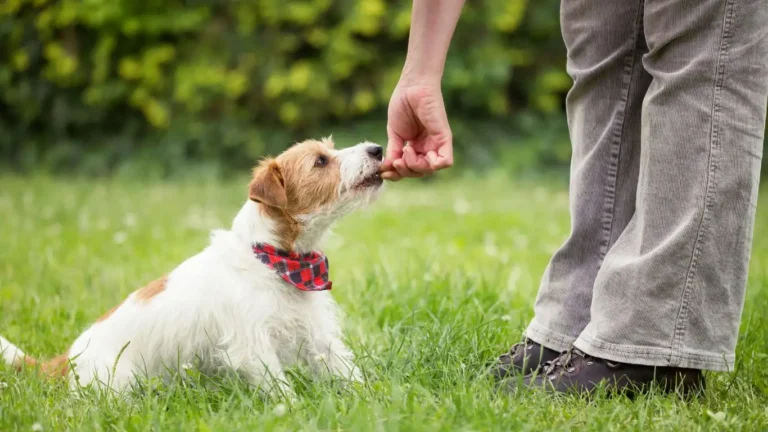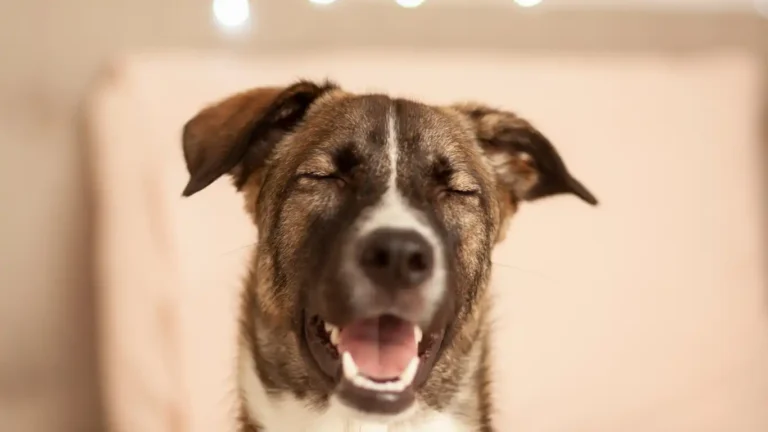Effective Tips on How to Train a Dog to Stay Away from Shoes Quickly
If you’ve ever come home to find your favorite shoes chewed up or mysteriously moved, you’re definitely not alone. Teaching your dog to stay away from shoes can sometimes feel like a battle you’re destined to lose. But trust me, with a bit of patience and the right approach, it’s absolutely doable. As a Canine-Assisted Therapy Trainer, I’ve worked with all kinds of dogs who had a knack for turning shoes into chew toys. The key isn’t just to say “no,” but to understand why they’re drawn to shoes in the first place — and then gently guide them toward better habits.
Understanding Why Dogs Are Drawn to Shoes
Before diving into how to train a dog to stay away from shoes, it’s crucial to get into your dog’s mind a little. Dogs are naturally curious creatures. Shoes, with their interesting smells, textures, and often being within reach, are irresistible to many pups. Sometimes it’s boredom, sometimes it’s anxiety, or maybe your dog just loves the way your scent lingers on those shoes.
From my experience, the dogs that develop this habit often are either young, teething, or not getting enough mental or physical stimulation. I’ve seen some therapy dogs that, when under stress, would grab a shoe as a self-soothing behavior — much like a child might hold a favorite blanket. So, it’s not always just about naughtiness; sometimes it’s a deeper issue.
Common Reasons Dogs Target Shoes
- Teething Puppies: Chewing helps soothe their sore gums.
- Boredom or Lack of Exercise: Shoes become entertainment or an outlet for excess energy.
- Separation Anxiety: Shoes carry your scent and can comfort an anxious dog when you’re gone.
- Curiosity and Exploration: Shoes are often left lying around, easy to grab, and have an intriguing smell.
How to Train a Dog to Stay Away from Shoes: First Steps
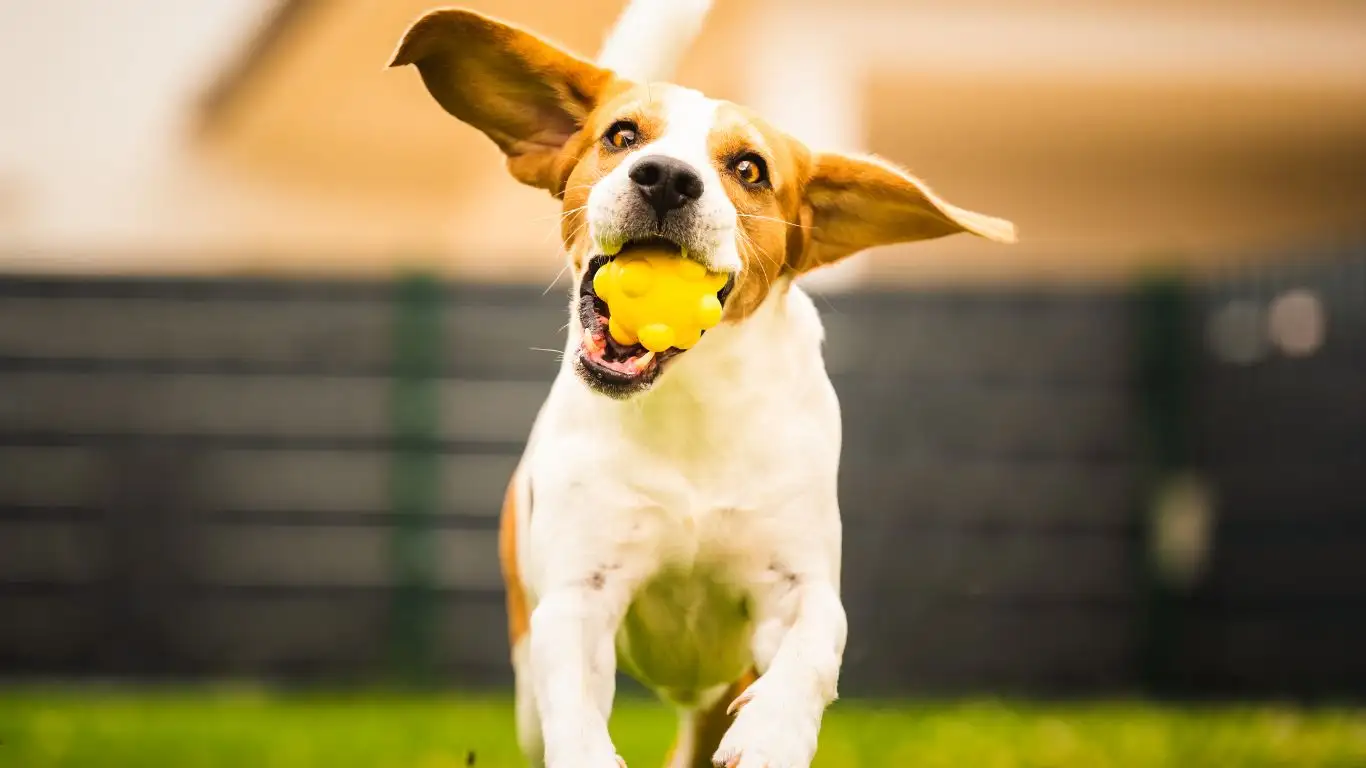
When you know why your dog is drawn to shoes, you can start to work on the solution with empathy and consistency. The first rule I always share is to remove temptation. This means keeping your shoes out of reach whenever possible — whether that’s a closed closet or a high shelf. It sounds simple, but out of sight often means out of mind.
Next, let’s talk about positive reinforcement. I never believe in punishment because it often just makes dogs anxious or confused. Instead, rewarding good behavior works wonders. Every time your dog chooses a chew toy over your shoe, give them a treat or lots of enthusiastic praise. This helps them learn that staying away from shoes is way more rewarding than grabbing one.
Practical Training Tips to Keep Shoes Off Limits
- Designate Approved Chew Toys: Offer a variety of toys that are just as fun (or more!) than your shoes. Rotate them to keep things fresh.
- Redirect the Behavior: If you catch your dog going for a shoe, calmly say “no” or “leave it,” then immediately give a toy instead.
- Use Commands: Teach commands like “leave it” and “drop it.” These are game-changers when used consistently.
- Create a Shoe-Free Zone: Block off areas where shoes are commonly left.
- Increase Exercise and Mental Stimulation: A tired dog is less likely to get into trouble.
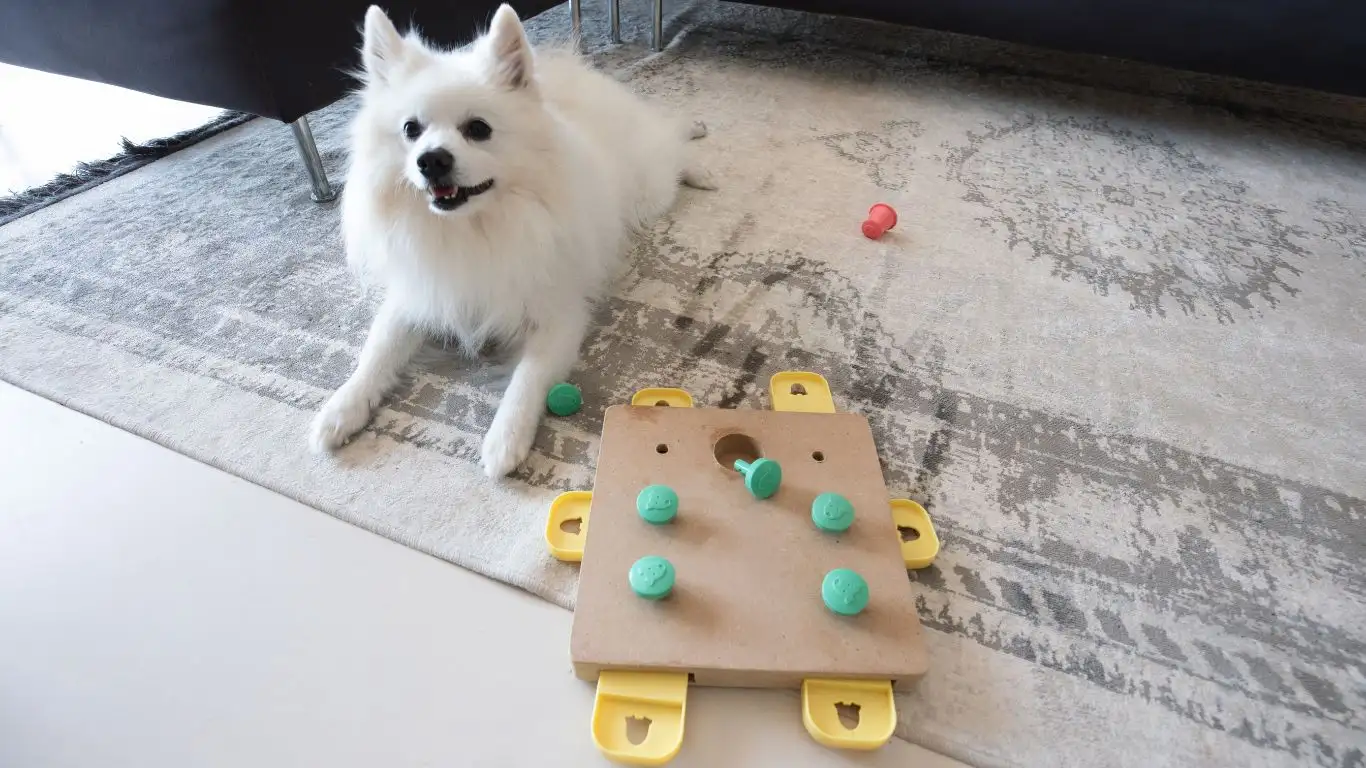
One thing I always emphasize with the owners I work with is patience. Some dogs pick this up quickly, others take a bit longer. Keep training sessions short and fun — 5 to 10 minutes, a few times a day — and always end on a positive note.
Advanced Techniques to Train Your Dog to Stay Away from Shoes

Once you’ve got the basics down—removing temptation, redirecting, rewarding good behavior—the next step is to build some solid impulse control. This is where the magic really happens. In my years working as a Canine-Assisted Therapy Trainer, I’ve learned that impulse control isn’t just about keeping your dog from grabbing shoes; it’s about helping them stay calm and focused even when distractions are everywhere.
One of my favorite go-to exercises is teaching the “leave it” command in a way that really sticks. The trick is to start super simple—no shoes involved at first—then gradually introduce more tempting objects like your shoes once your dog understands the command. Remember, consistency is key here. Practicing this regularly not only protects your shoes but also sharpens your dog’s overall obedience and self-control.
Step-by-Step Guide to Mastering “Leave It”
- Start Small: Hold a treat in your closed fist and let your dog sniff but not grab it. When they back off, say “yes” or click, then give a different treat from the other hand.
- Repeat Until Reliable: Do this several times a day for short bursts until your dog consistently ignores the treat in your fist.
- Introduce the Verbal Cue: Say “leave it” just before offering your fist. Reward when your dog obeys.
- Progress to Open Hand and Floor: Place a treat on the floor, cover it with your hand, and repeat the exercise. Gradually remove your hand as your dog gets better.
- Add Real-Life Objects: Place a shoe on the floor and use “leave it.” Reward heavily when your dog ignores it.
This stepwise approach builds trust and clarity, so your dog doesn’t get frustrated or confused. I can’t stress enough how rewarding good behavior instantly — with treats, praise, or even a quick play session — reinforces the lesson and makes your pup want to please you.
Creating a Positive Environment That Supports Training
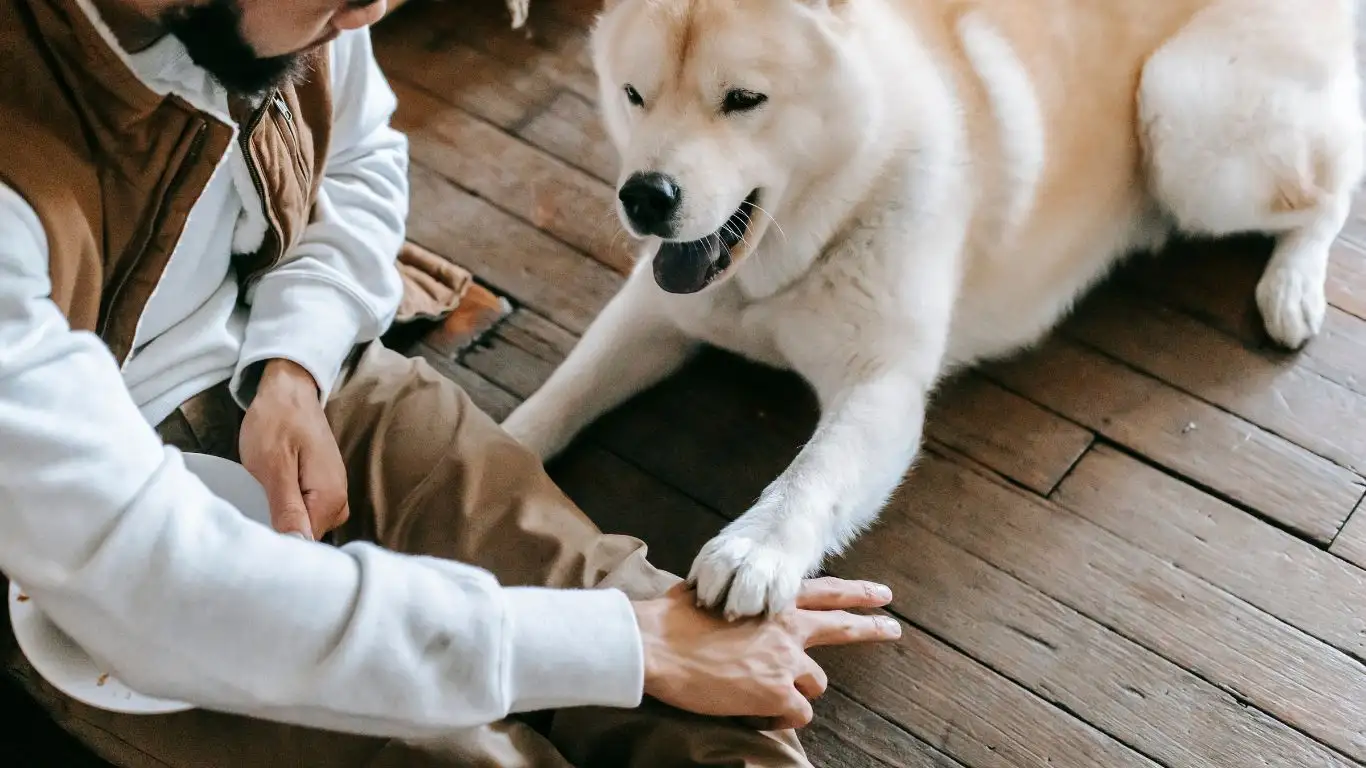
Dogs pick up on energy and environment just as much as commands. If your dog feels stressed or understimulated, it’s going to be a lot tougher for them to resist tempting targets like shoes. From my experience, setting up a calm, engaging environment makes training way easier and more effective.
Think about incorporating daily walks, playtime, and mental challenges like puzzle toys or scent games to keep your dog’s brain busy. A well-exercised dog is less likely to resort to chewing your shoes out of boredom or anxiety. I often recommend owners schedule several short activity sessions throughout the day rather than one long walk—this keeps energy balanced and behaviors in check.
Tips to Build a Supportive Training Environment
- Designate a Safe Space: Create a cozy area with your dog’s bed and favorite toys where they can relax and feel secure.
- Use Scent Enrichment: Hide treats or toys around the house to encourage natural sniffing behaviors that tire their brain.
- Maintain Routine: Dogs thrive on predictability, so consistent feeding, walking, and play schedules help reduce anxiety-driven behaviors.
- Provide Variety: Rotate toys regularly to keep your dog interested and avoid boredom.
Dealing with Persistent Shoe Chewing: When to Seek Help
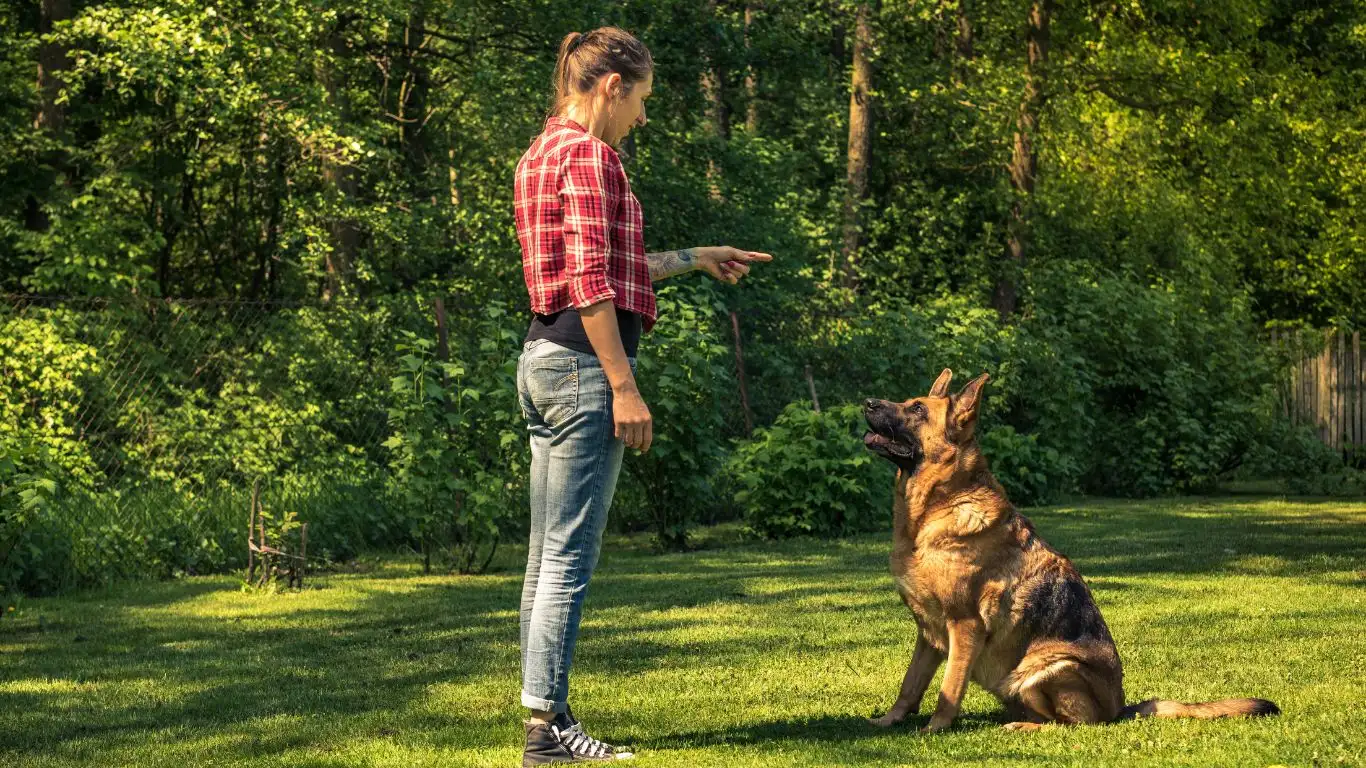
Sometimes, despite your best efforts, shoe chewing can become a stubborn habit. If your dog continues to target shoes aggressively or shows signs of anxiety that you can’t manage alone, it’s a good idea to reach out to a professional. As someone who’s worked extensively with therapy dogs and their owners, I’ve seen firsthand how tailored guidance can transform both the dog’s behavior and the owner’s confidence.
A certified dog trainer or behaviorist can help identify underlying triggers and design a custom training plan that fits your dog’s unique needs. They can also teach you advanced techniques like counter-conditioning, which helps change your dog’s emotional response to shoes—from temptation to indifference. And sometimes, a vet check might be necessary if anxiety or compulsive behaviors are involved.
Remember, seeking help is not a sign of failure—it’s a smart, responsible step to ensure your dog’s well-being and maintain harmony in your home.
Maintaining Long-Term Success: Keeping Your Dog Away from Shoes for Good
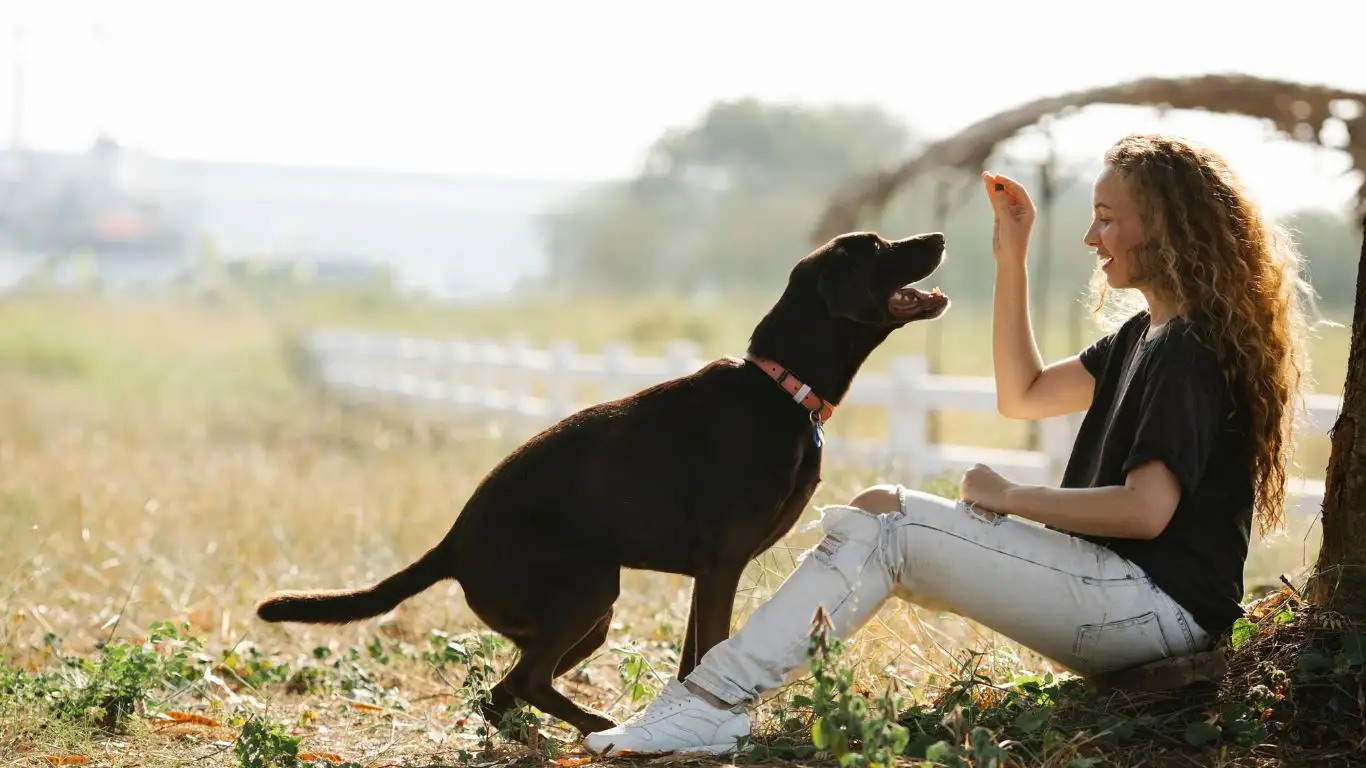
So you’ve done the groundwork: you’ve understood your dog’s motivations, introduced commands like “leave it,” created a positive environment, and maybe even worked with a trainer. Great! But one thing I always remind dog owners is that training isn’t a one-and-done deal — it’s an ongoing process. The real challenge is maintaining those good habits over time, especially as new shoes or distractions inevitably appear.
In my experience, the dogs who stay shoe-free the longest are the ones whose owners stay consistent. That means regularly reinforcing rules, refreshing training, and being proactive about keeping tempting items out of reach. It’s easy to let your guard down once things settle, but trust me, a quick reset can prevent old habits from sneaking back in.
Tips for Long-Term Shoe Training Success
- Keep Practicing Commands: Don’t stop using “leave it” and “drop it” even when your dog seems to have it down. I like to practice these commands during daily routines, like walks or playtime, to keep them sharp.
- Regularly Rotate Toys: Just like people, dogs can get bored of the same toys. Fresh toys keep them engaged and less interested in forbidden items.
- Stay Mindful of New Temptations: New shoes or items with your scent can be very tempting. Always be ready to redirect attention with a firm but kind “leave it” and offer a favorite toy instead.
- Reward Calm Behavior: Catch your dog being good and reward that calm, shoe-free behavior often. Positive reinforcement never gets old!
From my years of working hands-on with therapy dogs and everyday pets, I can tell you that these little daily habits make a huge difference. Training your dog to stay away from shoes becomes less of a chore and more of a shared language — a way for you and your dog to connect.
Using Safe Deterrents and Environmental Tools
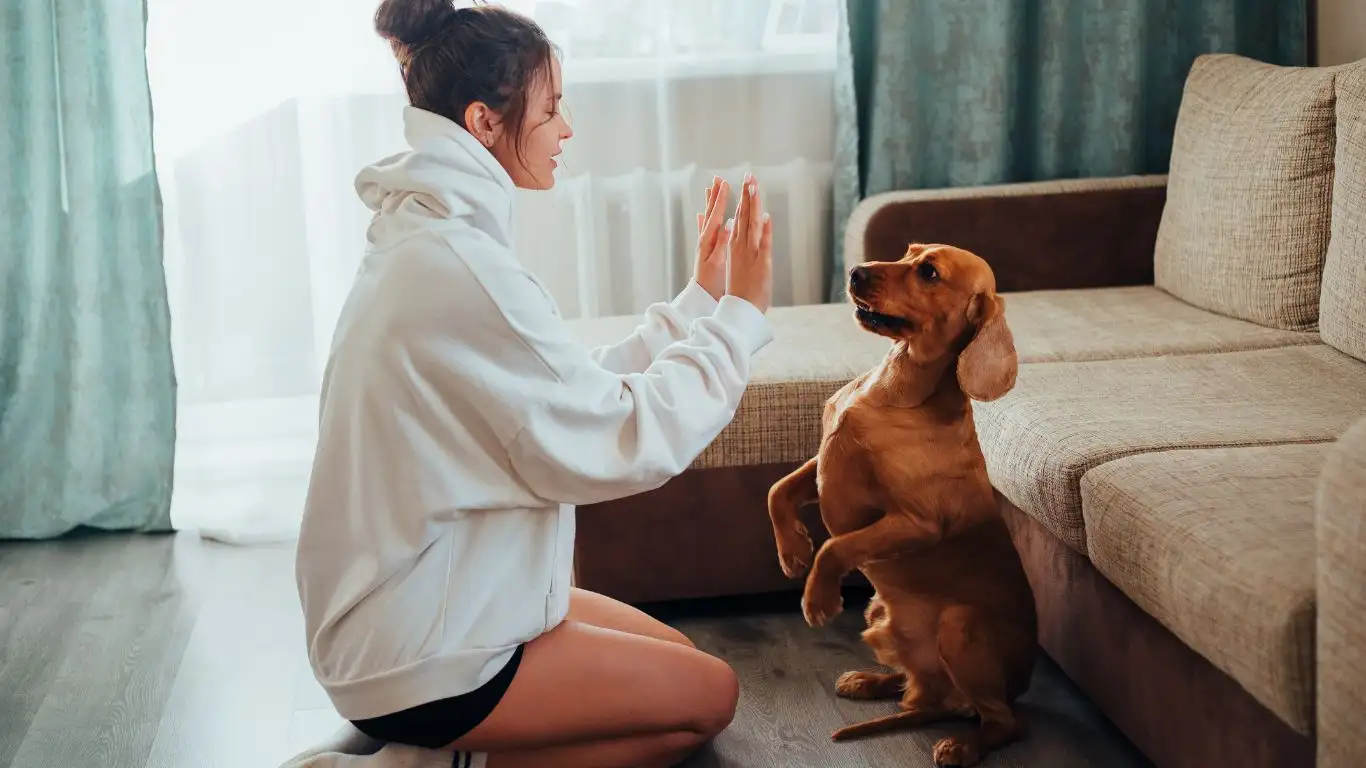
Sometimes, even with the best training, a little extra help is handy. There are safe, non-toxic deterrent sprays designed specifically to discourage dogs from chewing on shoes and other household items. These sprays usually have a bitter taste or unpleasant smell that dogs naturally avoid.
I recommend trying deterrents only after you’ve established basic training. They’re a supplement, not a replacement, for consistent positive reinforcement. Also, always test sprays on a small, hidden area of the shoe first to make sure it won’t cause damage.
Another useful tool is providing plenty of interactive toys or chew items that satisfy your dog’s natural urge to chew. I often suggest toys that can be stuffed with treats or frozen to keep your dog busy longer, especially during those times you can’t supervise closely.
Important Considerations When Using Deterrents
- Choose Pet-Safe Products: Avoid anything with harmful chemicals or ingredients.
- Use Consistently: Apply deterrents regularly on items you want your dog to avoid, but don’t rely on them exclusively.
- Pair with Training: Always use deterrents in combination with commands and positive rewards.
- Observe Your Dog’s Reaction: If your dog seems overly stressed or confused by a deterrent, pause and adjust your approach.
Final Thoughts on How to Train a Dog to Stay Away from Shoes
Training a dog to stay away from shoes isn’t just about protecting your favorite footwear — it’s about building a respectful, trusting relationship with your furry friend. As someone who’s spent years working with therapy dogs and their humans, I’ve learned that patience, kindness, and consistency are the cornerstones of any successful training.
Remember, your dog isn’t acting out of spite or meanness — often, there’s a reason behind their behavior, whether it’s boredom, anxiety, or just natural curiosity. By meeting their needs, setting clear boundaries, and making training fun and rewarding, you’re setting your dog up for success that lasts a lifetime.
References
Disclaimer
The advice and information provided in this article are based on my personal experience as a Canine-Assisted Therapy Trainer and are intended for educational purposes only. Every dog is unique, and training success can vary. If you have concerns about your dog’s behavior or health, please consult a certified dog trainer, behaviorist, or veterinarian for personalized guidance.
